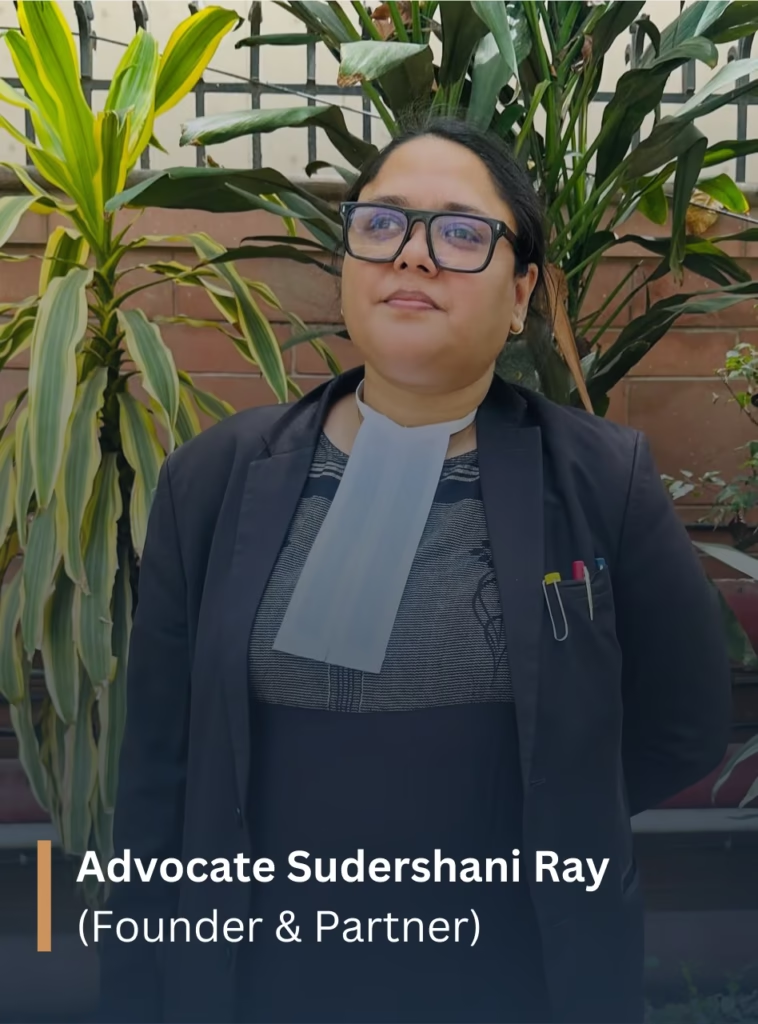
How Women in Live-in Relationships Can Seek Legal Remedies in India. In India, live-in relationships, though socially debated, have gained legal recognition over time. Women in these relationships face unique challenges, often lacking the formal protections associated with marriage. However, Indian law has evolved to offer legal remedies, ensuring their rights are safeguarded. From protection against domestic violence to financial support, women can seek justice through various legal avenues. Understanding these rights is crucial for women in live-in relationships to navigate the complexities of their situation and ensure their well-being is protected.
Table of Contents
ToggleUnderstanding Legal Remedies for Women in Live-in Relationships in India
Live-in relationships, often termed as cohabitation, have gained recognition in Indian society and legal framework. Despite not being formal marriages, such relationships can attract legal scrutiny, particularly concerning rights and remedies for women. This blog explores the legal framework governing live-in relationships in India, including the rights of women in such arrangements and the remedies available to them, supported by relevant case laws.
Legal Status of Live-in Relationships
In India, live-in relationships are not explicitly recognized under any personal law. However, judicial interpretations and specific legislations provide some protection and rights to individuals in such relationships.
1. Rights under the Domestic Violence Act, 2005
Context: The Protection of Women from Domestic Violence Act, 2005, provides protection to women in live-in relationships from domestic abuse.
Eligibility: Women who are in a live-in relationship and face domestic violence can seek remedies under this Act. The definition of “relationship in the nature of marriage” includes live-in relationships.
Case Law: In “D. Velusamy vs. D. Patchaiammal” (2010), the Supreme Court clarified that a live-in relationship can be considered a “relationship in the nature of marriage” under the Domestic Violence Act, thus allowing women in such relationships to seek protection and maintenance.
Section: The Domestic Violence Act, 2005, defines “domestic relationship” in Section 2(f) and allows women in live-in relationships to file complaints of domestic violence.
2. Maintenance Claims
Context: Women in live-in relationships can claim maintenance under certain conditions, similar to those available for legally married women.
Eligibility: Maintenance claims can be filed if the woman is unable to support herself, and the relationship qualifies as one “in the nature of marriage.”
Case Law: In “Chanmuniya vs. Virendra Kumar Singh Kushwaha” (2008), the Supreme Court ruled that a woman in a live-in relationship can claim maintenance under Section 125 of the CrPC if she is unable to maintain herself.
Section: Section 125 of the Criminal Procedure Code (CrPC) allows for maintenance claims by women in live-in relationships if they are unable to support themselves and the relationship meets the criteria set by the court.
3. Inheritance Rights
Context: The inheritance rights of women in live-in relationships are less clear compared to legally married women. However, recent rulings have begun to address these issues.
Case Law: In “S. P. S. M. vs. M. S. S.” (2020), the Supreme Court held that a woman in a live-in relationship is entitled to maintenance if she has been living with the man for a long period and the relationship is akin to marriage.
Section: Inheritance rights are not explicitly covered under Indian laws for live-in relationships, and women may need to rely on court interpretations and precedents for claims.
4. Property Rights
Context: The property rights of women in live-in relationships can be complex and are typically determined on a case-by-case basis.
Case Law: In “Pallavi vs. Ravi” (2019), the Delhi High Court ruled that a woman in a live-in relationship has the right to claim a share in property acquired during the relationship if she contributed to its acquisition and maintenance.
Section: Property rights are not specifically covered under Indian laws for live-in relationships. However, courts may consider the principles of equity and fairness in determining claims.
5. Legal Recognition and Rights
Context: While live-in relationships are not formally recognized as marriages, the judiciary has started to acknowledge certain rights and protections for individuals in such relationships.
Case Law: In “Lata Singh vs. State of U.P.” (2006), the Supreme Court recognized the right of individuals in live-in relationships to live together and be protected from harassment or discrimination.
Section: There is no specific section for live-in relationships in Indian law, but various laws, including those related to domestic violence, maintenance, and property, are applied to provide remedies based on judicial interpretations.
Also Read This,
When a Husband May Not Be Required to Provide Maintenance to His Wife Understanding the Exceptions
Conclusion
Women in live-in relationships in India have several legal remedies available, despite the lack of explicit legislation governing such relationships. The Domestic Violence Act, 2005, provides protection against domestic abuse, while Section 125 of the CrPC allows for maintenance claims. Inheritance and property rights are more complex and often depend on judicial interpretations and specific case circumstances. Understanding these legal avenues and consulting with legal experts can help individuals in live-in relationships navigate their rights and seek appropriate remedies.

